Slandis
TPF Noob!
- Joined
- Aug 29, 2012
- Messages
- 5
- Reaction score
- 1
- Can others edit my Photos
- Photos NOT OK to edit
I just picked up a Bronica SQ-A for a pretty good deal. I intend to shoot mostly from a tripod (landscape/night), but theres still the question of what film to start out with. I know Velvia 50 is gorgeous, but I'd like to start with a color negative since this will be my first experience shooting film stills manually. I was thinking of starting with Portra 160 or Ektar 100, unless someone has a better film to suggest? I love the tungsten cast of Fuji 64T but I just found out it was discontinued. What are you all shooting in its place these days?
As for metering, I don't have a light meter yet. Since I mainly want to do landscape photography, I was thinking of going with a dedicated 1˚ spot meter (Pentax?) and using the zone system. I'd imagine I'd want a comprehensive meter with incident function in the future, but as a college student on a budget (I'd guess no more than 1 or 2 rolls per month), ~$130 for a Pentax spot meter is a lot more attractive than a $300+ Sekonic spot meter. In the meantime, all I have is the lightmeter app on my iPhone.
Finally, tripods. Let me start by saying I understand the basic concepts of tripod support applied to video (my main source of income), and I realize photo tripods are less demanding, yet I still can't seem to decide on a cheap set of sticks. Considering how little budget I have to shoot film currently, I'm wondering if its worth it to buy a set of legs under $100 or simply buy a 75mm half ball adapter for my trusty Miller Solo DV CF legs. I see a lot of people recommend Manfrotto stuff, but based on my experience with their products for video (Kubrick-esque pans at 200mm+ in sub zero weather), Manfrotto is junk. Again, since photography has a different set of requirements, I wouldn't be surprised if its a completely different case for stills. I would assume that a $35 Dolica tripod would do the job with my Bronica as long as I used both mirror lockup and a remote shutter. Any insights?
As for metering, I don't have a light meter yet. Since I mainly want to do landscape photography, I was thinking of going with a dedicated 1˚ spot meter (Pentax?) and using the zone system. I'd imagine I'd want a comprehensive meter with incident function in the future, but as a college student on a budget (I'd guess no more than 1 or 2 rolls per month), ~$130 for a Pentax spot meter is a lot more attractive than a $300+ Sekonic spot meter. In the meantime, all I have is the lightmeter app on my iPhone.
Finally, tripods. Let me start by saying I understand the basic concepts of tripod support applied to video (my main source of income), and I realize photo tripods are less demanding, yet I still can't seem to decide on a cheap set of sticks. Considering how little budget I have to shoot film currently, I'm wondering if its worth it to buy a set of legs under $100 or simply buy a 75mm half ball adapter for my trusty Miller Solo DV CF legs. I see a lot of people recommend Manfrotto stuff, but based on my experience with their products for video (Kubrick-esque pans at 200mm+ in sub zero weather), Manfrotto is junk. Again, since photography has a different set of requirements, I wouldn't be surprised if its a completely different case for stills. I would assume that a $35 Dolica tripod would do the job with my Bronica as long as I used both mirror lockup and a remote shutter. Any insights?




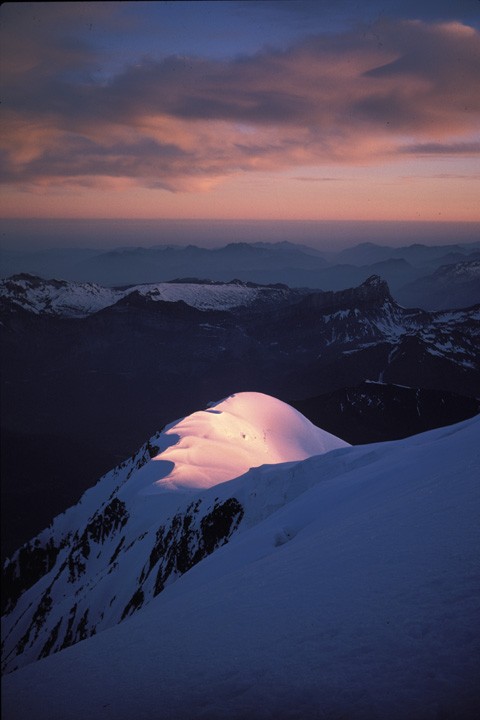
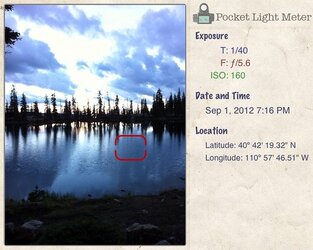
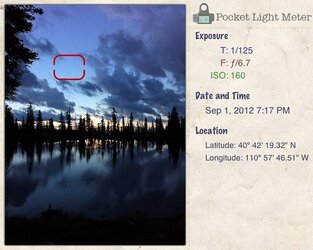
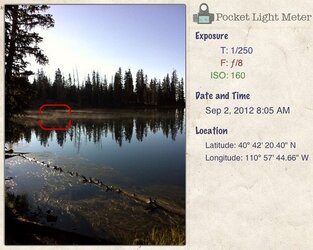
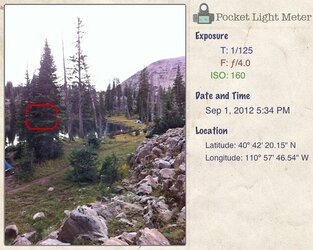
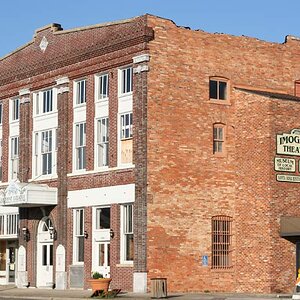
![[No title]](/data/xfmg/thumbnail/37/37099-7f42b61932abea7ffe1be7746e7bd261.jpg?1619737881)
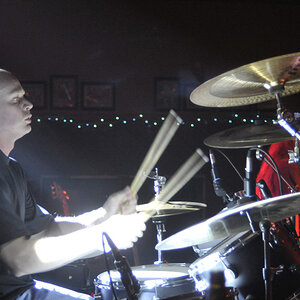
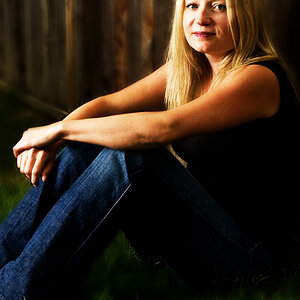

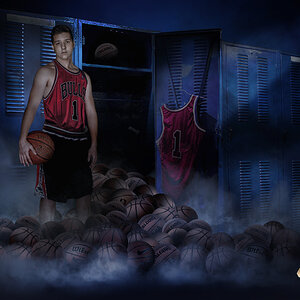
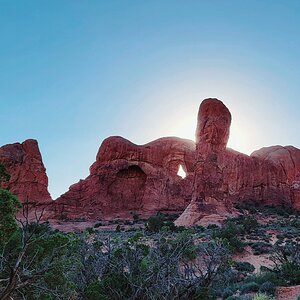
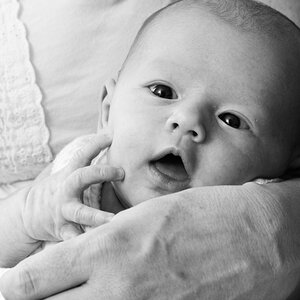

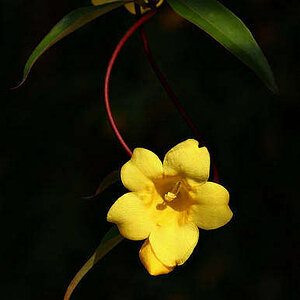
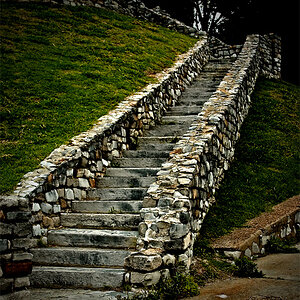
![[No title]](/data/xfmg/thumbnail/41/41795-6bc3a19e590a6be6bd169ab2acaee30d.jpg?1619739896)